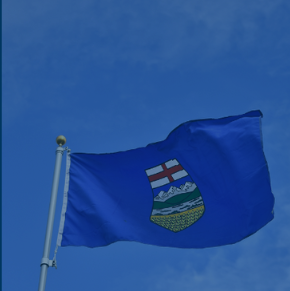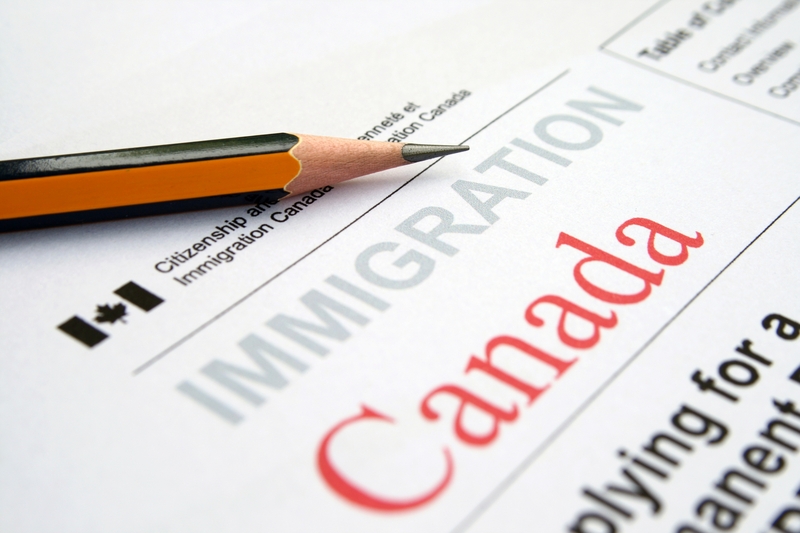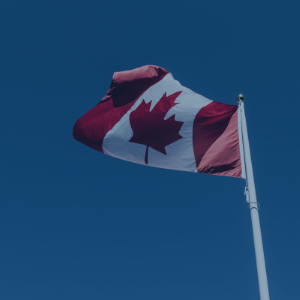
On the eve of the 2023 Alberta election, a new INNOVATIVE poll of 1,508 Albertans shows the UCP and NDP almost tied (41% UCP, 40% NDP). More importantly, Alberta NDP have gained disproportionately in the seats the UCP won by the most votes in the last election.
Counting Seats
With 87 seats up for grabs in Alberta’s election, a party must win 44 seats to secure a majority.
The UCP start with an edge having won 34 seats by 35% or more in 2019 with an average margin of victory of 51%. INNOVATIVE’s new poll shows the gap has declined by 30 percentage points to an average margin of 20%. That still leaves the UCP well positioned to hold these seats.
The UCP won the next group of 22 seats by between 10-35%. If the UCP can simply hold 10 of those 22 seats, they will win the election. However, while the average margin of victory for the UCP in 2019 was 23%, the NDP are now ahead by 5 points. That’s a 28-point swing from 2019. That means the local campaign in each of these individual races matters. Anything like an embarrassing quote from a local candidate, or a better local effort to engage base voters is very likely to make a difference.
The swing to the NDP in the 2019 swing seats (won by 10% or less) is actually smaller. The NDP won by an average of 2 points in 2019 and have increased their lead to 8 points now, a much smaller swing than in the solid UCP seats . If the UCP can win one or two of these seats, it would give them insurance against an unlucky break in one or two of the more solid seats.
Minds Made Up
This Alberta election has fewer voters claiming to have made up their minds than we often see in elections. Typically at the start of a campaign roughly 6-in-10 voters want to hear more before they make up their minds. In Alberta this year, just 44% want to hear more.
Second-Choice Vote
We list all the parties running candidates when we ask for vote and we find at this point in the campaign that there are more votes for other parties than expected based on previous election results. Many of these parties will not have candidates in some, or even most, ridings. This begs the question: will those voters be more likely to favour the NDP or the UCP? When we look at Liberal identifiers in this poll, the NDP have just as many votes as the Liberals with very few UCP votes. But when we look at Liberal second-choice preferences, there is only a small preference for the NDP among people who say they are voting Liberal. There’s also a small preference for the NDP among people voting Green in this poll, while Alberta Party and Wildrose supporters are evenly divided between NDP and UCP for their second choice. So, if the election were today, we expect the NDP would do a little better than our topline result.
Engagement
We also looked at engagement in the campaign with self-reported likelihood to vote and how closely respondents are following the news. The NDP moving ahead among both the most likely voters and those paying the most attention.
Party Identification
Finally, we looked at current vote based on party identification, the political equivalent of brand affinity. The UCP currently have almost as much of their core vote (82%) as the NDP (85%). Since the most common effect of typical campaigns is to mobilise their own base, the UCP have a little more room to improve their current position than the NDP.
Survey Contents
Our survey also includes more detailed questions on the leaders, the party brands, the impact of Take Back Alberta, regional alienation, time-for-a-change and some key political attitudes that we will be sharing in the next few days.
































